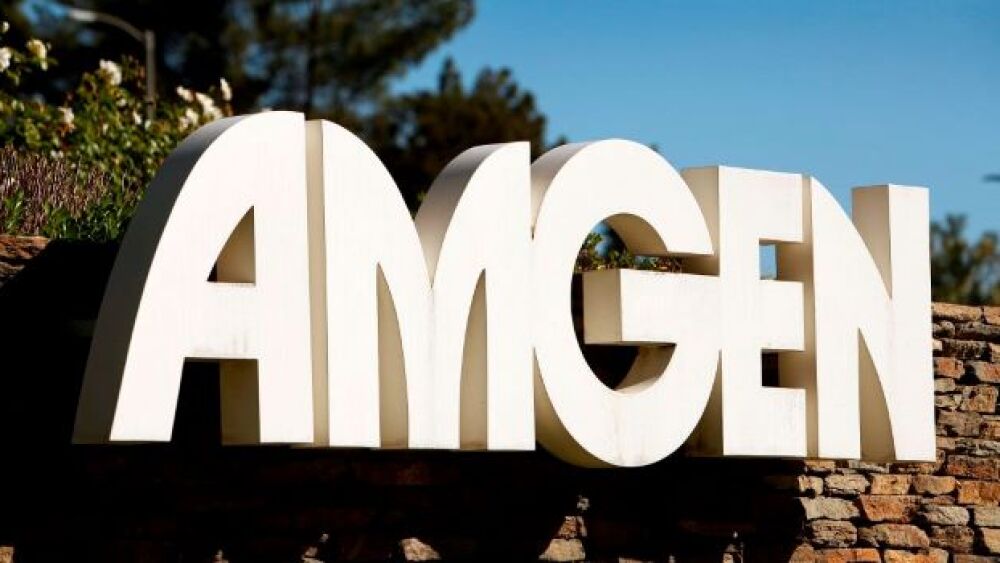Target RWE, a leading real-world evidence (RWE) solutions company for the pharmaceutical and biotech industries, announced newest data from its ongoing nonalcoholic steatohepatitis (NASH) observational study, published in Hepatology Communications (https://doi.org/10.1002/hep4.1689).
| DURHAM, N.C., Feb. 22, 2021 /PRNewswire/ -- Target RWE, a leading real-world evidence (RWE) solutions company for the pharmaceutical and biotech industries, announced newest data from its ongoing nonalcoholic steatohepatitis (NASH) observational study, published in Hepatology Communications (https://doi.org/10.1002/hep4.1689). Analyzing 3,474 participants with NAFLD from August 2016 to March 2019, the study found 67% had not had a liver biopsy. The TARGET-NASH study, Patient Determinants for Histologic Diagnosis of Nonalcoholic Fatty Liver Disease in the Real World: A TARGET-NASH Study, aimed to determine patient characteristics that are predictive of having a diagnosis by biopsy versus a diagnosis using clinical criteria. Analyzing 3,474 adult participants with nonalcoholic fatty liver disease (NAFLD) managed in usual clinical practice from August 2016 to March 2019, the study found 67% of the cohort had not had a liver biopsy. Predictive factors of having a diagnosis by biopsy included White race, female sex, diabetes, and elevated alanine aminotransferase (ALT). Overall, median age was 59 years, 59% were female, 75% White, and 66% obese. The most common comorbid conditions included cardiovascular disease (19%), osteoarthritis (10%), and mental health diagnoses or depression (49%). Of note, patients who had progressed to cirrhosis caused by NAFLD were 1.67 times more likely to be depressed than patients with nonalcoholic fatty liver, a less severe form of NAFLD. “The data illustrates differences in the characteristics of patients who get a liver biopsy and those that don’t. There may be inherent biases in who has a liver biopsy,” said A. Sidney Barritt IV, MD, MSCR, Associate Professor of Medicine, Division of Gastroenterology and Hepatology, University of North Carolina at Chapel Hill, and lead author. “It is critical to better understand the source of the histological diagnosis of NAFLD/NASH as the FDA inches closer to medication approval and patients could be treated based on non-invasive clinical criteria.” “Significantly, 766 patients were diagnosed based on clinical criteria which highlights the need to utilize pragmatic diagnostic criteria for NASH,” said Arun Sanyal, MD, Professor, Department of Internal Medicine, Division of Gastroenterology, Hepatology and Nutrition, Virginia Commonwealth University, and senior author. “As new interventions become available, the need for better systematic methods for diagnosis other than liver biopsy will become necessary more than ever.” The TARGET-NASH dataset provides a baseline and measures the impact of current practice guidelines, management, and new therapies utilized for patients with medical co-morbidities, hepatic, cardiovascular, and/or other endocrine-associated outcomes. TARGET-NASH is a longitudinal study of adult and pediatric participants with NAFLD and/or NASH in usual clinical practice. Target RWE’s network of NASH sites includes 65 community and academic centers in the U.S. and Europe, enrolling more than 5,700 participants to date. Three years of retrospective data is obtained at enrollment and patients are then followed prospectively for a minimum of 5 years, including the collection of patient-reported outcome measures and biospecimen samples. About Target RWE Target RWE is an innovative health evidence solutions company generating real-world evidence (RWE) to advance clinical, medical, and commercial outcomes. Visit www.targetrwe.com for more details. CONTACT: Kayla Slake Gagnier Communications
SOURCE Target RWE |





